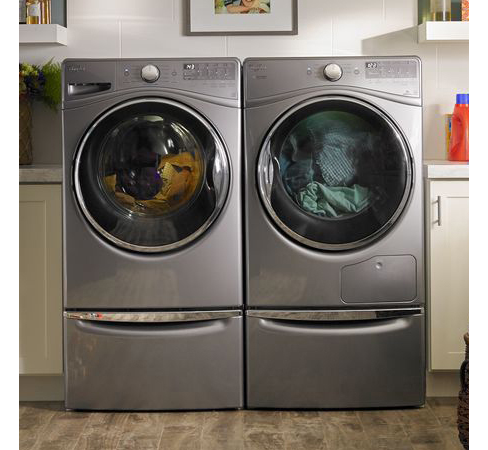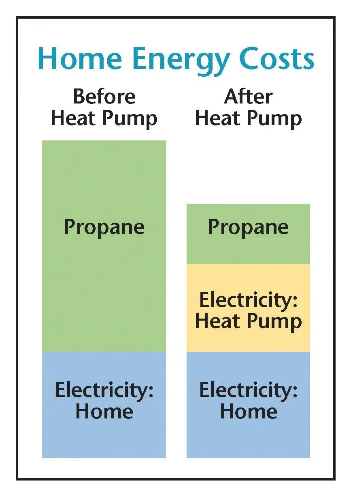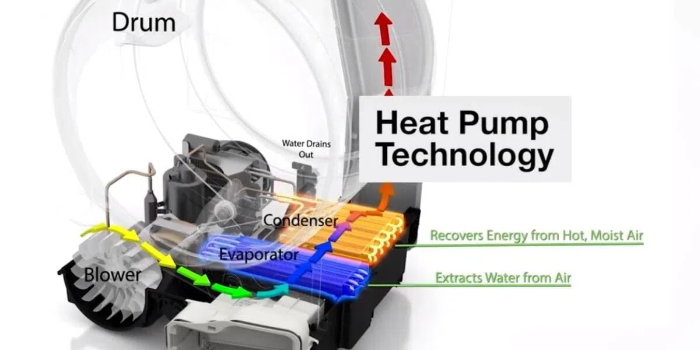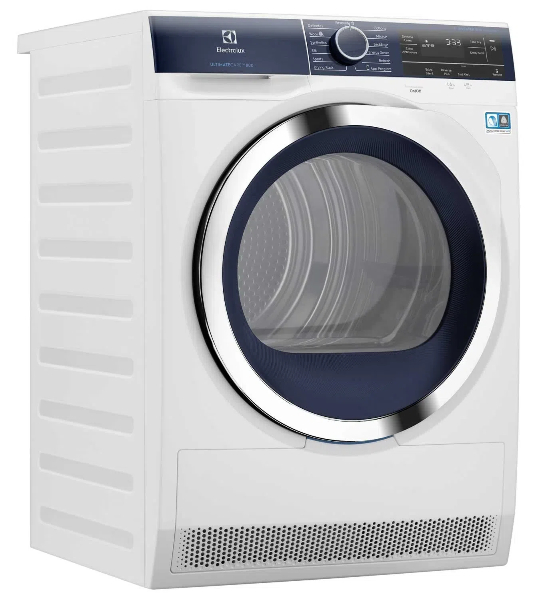
Content Menu
● Introduction
● Understanding Heat Pump Dryer Technology
● Energy Efficiency and Operating Costs
● Factors Affecting Running Costs
● Long-term Cost Benefits
● Environmental Impact
● Installation and Space Considerations
● Smart Features and Modern Convenience
● Maintenance Requirements
● Making the Right Choice
● Frequently Asked Questions
>> Q1: How much can I save annually with a heat pump dryer?
>> Q2: Do heat pump dryers take longer to dry clothes?
>> Q3: What is the average lifespan of a heat pump dryer?
>> Q4: Can heat pump dryers be installed anywhere?
>> Q5: Are heat pump dryers worth the higher upfront cost?
Introduction
As energy costs continue to rise and environmental consciousness grows, many homeowners are exploring more efficient appliance options. Heat pump dryers have emerged as a revolutionary solution in the laundry room, promising significant energy savings and lower operating costs compared to conventional dryers. This comprehensive guide will explore the running costs, benefits, and considerations of heat pump dryers.
Understanding Heat Pump Dryer Technology
Heat pump dryers represent a significant advancement in laundry technology. Unlike traditional dryers that expel warm air outside, heat pump dryers use a closed-loop system that recycles heat throughout the drying process. This innovative system consists of an evaporator, compressor, condenser, and expansion valve working together to efficiently remove moisture from clothes while consuming minimal energy.

Energy Efficiency and Operating Costs
The primary advantage of heat pump dryers lies in their exceptional energy efficiency. These appliances typically use about half the energy of conventional electric dryers. This remarkable efficiency translates into substantial savings on utility bills, particularly for households that frequently use their dryer.
Factors Affecting Running Costs
Several factors influence the operating costs of a heat pump dryer:
1. Electricity Rates
Local electricity rates play a crucial role in determining running costs. Areas with higher electricity rates will see more significant cost savings when switching to a heat pump dryer.
2. Usage Frequency
The more frequently you use your dryer, the greater the potential for savings with a heat pump model. Households doing multiple loads per week will see faster returns on their investment.
3. Load Size and Type
The size and type of laundry loads affect energy consumption. Optimal loading and proper sorting of clothes can maximize efficiency and reduce running costs.
4. Maintenance
Regular maintenance, including cleaning filters and ensuring proper ventilation, helps maintain optimal performance and energy efficiency.

Long-term Cost Benefits
While heat pump dryers typically have a higher upfront cost, the long-term savings can be substantial. Over the appliance's lifetime, users can expect to recover the additional initial investment through reduced energy bills. This makes them particularly attractive for households with high laundry demands or those in areas with elevated electricity rates.
Environmental Impact
Beyond financial considerations, heat pump dryers offer significant environmental benefits. Their reduced energy consumption translates to lower carbon emissions, making them an excellent choice for environmentally conscious consumers. The closed-loop system also eliminates the need for external venting, providing more flexibility in installation locations.
Installation and Space Considerations
Heat pump dryers offer unique installation advantages:
- No external venting required
- Can be installed in various locations
- Typically operate at lower temperatures
- Gentler on clothes due to lower drying temperatures
- More flexible placement options in homes
Smart Features and Modern Convenience
Modern heat pump dryers often come equipped with smart features that further enhance their efficiency and convenience:
- Moisture sensors for optimal drying
- Smart phone connectivity
- Multiple drying programs
- Delayed start options
- Energy usage monitoring
Maintenance Requirements
To maintain optimal performance and efficiency:
- Clean lint filters after each use
- Regular cleaning of heat exchanger
- Proper ventilation around the unit
- Periodic professional maintenance
- Monitor condensation system
Making the Right Choice
When considering a heat pump dryer, evaluate:
- Your household's laundry needs
- Local electricity rates
- Available space
- Initial budget
- Long-term savings goals
- Environmental priorities

Frequently Asked Questions
Q1: How much can I save annually with a heat pump dryer?
A: The annual savings depend on your usage patterns and local electricity rates, but households typically save between 30-50% on dryer-related energy costs compared to conventional dryers.
Q2: Do heat pump dryers take longer to dry clothes?
A: Yes, heat pump dryers generally take about 10-15 minutes longer per load compared to conventional dryers, but this is offset by the energy savings and gentler drying process.
Q3: What is the average lifespan of a heat pump dryer?
A: With proper maintenance, heat pump dryers typically last 10-15 years, which is comparable to or slightly longer than conventional dryers.
Q4: Can heat pump dryers be installed anywhere?
A: Yes, since they don't require external venting, heat pump dryers offer more flexible installation options, though they still need adequate ventilation space around the unit.
Q5: Are heat pump dryers worth the higher upfront cost?
A: For most households, especially those with frequent dryer usage, the higher initial investment is typically recovered through energy savings within 3-5 years of purchase.












